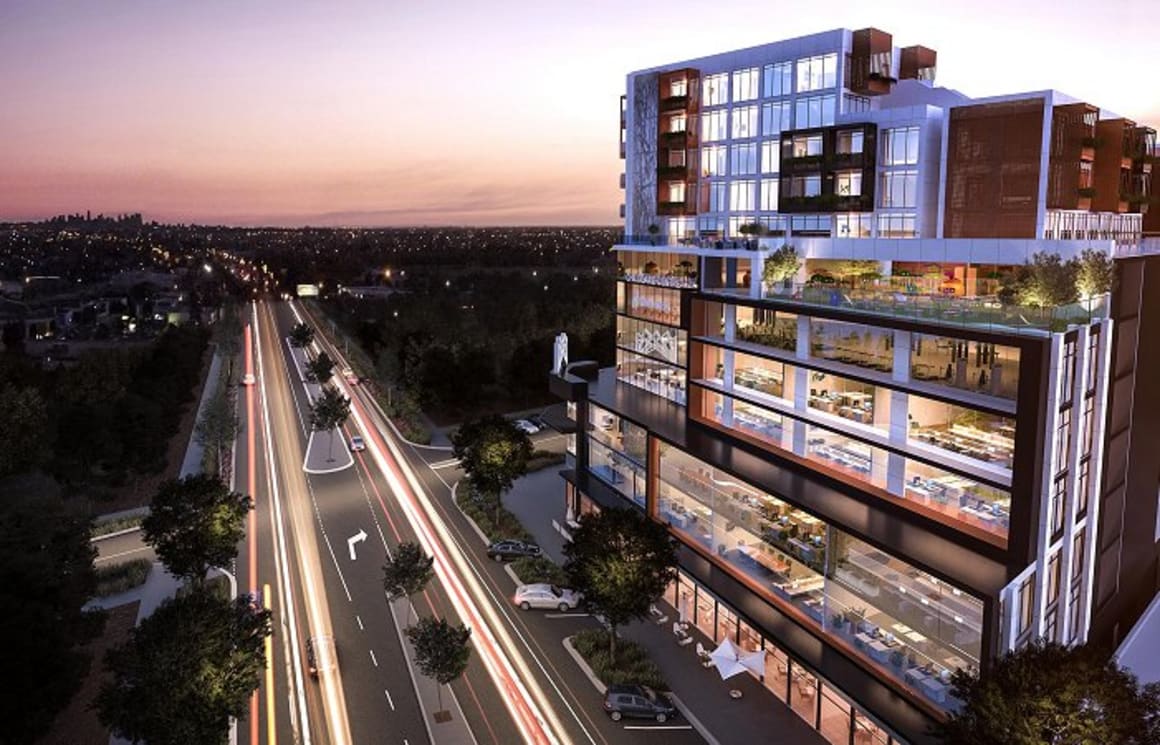Melbourne's northern fringe joins the high density movement

It didn't happen overnight, but it is happening.
The spread of higher density living into Melbourne's virgin northern suburbs is beginning to unfold at a quickening pace, as various projects begin to take their place across certain fringe suburbs.
At the epicentre of the development action is Epping, with three major projects in motion. Largest of all is Empire Epping which has begun its sales campaign prior to deliver the 12 level mixed-use building.
Apartments will sit above 7 lower levels with the commercial space within expected to service the high growth corridor. Cafes, retail tenancies, a restaurant, day spa, gym and childcare facility will also be delivered, adding to the diversity City of Whittlesea is pushing for via the Epping Central masterplan.
Also under development are two separate short stay projects; Maben will oversee the delivery of Pacific Quest Epping whilst earlier this month Mantra Group signed on to operate Mantra Epping Hotel at 250 Cooper Street. Spurned on by the delivery of the new wholesale fruit, vegetable and flower market and the expanded Northern Hospital, the projects will create 96 and 214 rooms respectively.
Valued at $70 million, Hacer will build Mantra Epping Hotel which has a nominated completion date of mid-2019. Across 6 floors, Mantra Epping Hotel will include both hotel rooms and apartments, plus a café/restaurant and brewhouse.
Epping also has various other projects in the wings; the largest of which is 67 Rufus Street which sees approval in place for 92 apartments across 8 levels.
A short distance away Mill Park and South Morang are also garnering their fair share of apartment living.
Gibson Propery Group and Roche Holding's Mason Point mixed-use development continues to roll apartment projects out at a regular interval; Figurehead is well into building 74 dwellings as Alba Apartments with additional releases also planned. Diagonally opposite, Morang Views is beginning to make an impact upon the landscape.
Backed by Universal Corporation, Morang Views will eventually see in excess of 300 dwellings built, with stage one delivering 39 apartments. Not accustomed to tower cranes on the landscape, passers-by will likely see them across future apartments projects slated for the sprawling site.
As development of higher density projects across the city's northern fringe lifts, so to does the prospect of further such developments. The abundance of land is beyond doubt, as is the role that Mernda Rail will play in bringing Mernda to the high density party.
The suburb currently has a tower crane erected for a commercial and retail development, with a new town centre planned for land opposite the new station.
As the edge of Melbourne moves beyond the current fringe to new 'city's' such as Merrifield, the inclusion of higher density projects has been considered since their conception. Merrifields central heart dubbed Waterfront City will service the 770 hectare project.
Included across all renders to date are low and mid-rise buildings for Waterfront City, suggesting that the push of higher density development into Melbourne's northern reaches will continue.